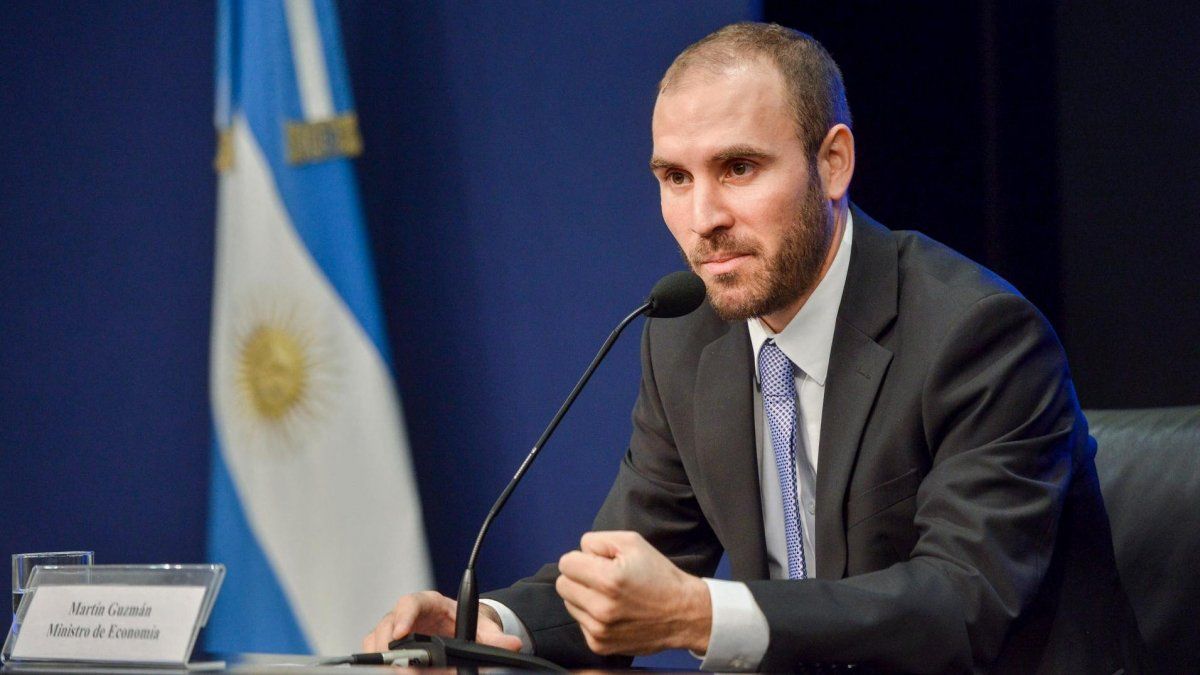The increase of up to 0.6% (measured in this year’s volumes would be an amount close to $400,000 million in total); It would imply that almost 80% of users and tariffs will have an average increase of between 40% and 50% in electricity and gas; or, directly for 10% of users, a total elimination of subsidies. In this last group will enter those considered by the national State that are located in privileged geographical regions (in areas throughout the country); and, fundamentally, to individuals and families where income is detected that justifies the payment of flat rates.
Among these are those who receive monthly gross blank salaries of up to $300,000 or $350,000 (the exact amount has not yet been determined but it will be between those ranges) indexed by CVS, the self-employed in higher categories, those who own 3 or more more than 5 years old, the owners of boats and aircraft (of any value), the owners of up to 3 properties not affected by production and intended (or not) for housing (it will apply to all units) and those who have a level of spending on credit and debit cards within the country or abroad for high amounts and related to income of $300,000/$350,000 per month and sustained over time. It is assumed that in total these restrictions would reach slightly more than 10% of the customers of the gas and electricity distribution companies, who would start paying rates without subsidies. And probably in a time limit not exceeding three months.
The rest of the users will have an increase of up to 60% of current payment; but with averages of between 40% and 50%, in a scheme that would be applied from the second half of the year and would deepen in the fourth quarter. An important part of the population will remain with the current levels of subsidiesprovided that they are within the less favored sectors.
Inflation
Estimates from private consultants reveal that despite registering a slight slowdown, April inflation will remain around 6%. The INDEC will release the Consumer Price Index (CPI) next Thursday and with this it will be known if “the worst is over” as Economy Minister Martín Guzmán said last week.
The head of the Palacio de Hacienda assured on the occasion of the national Cabinet meeting last Wednesday that “April inflation will be much lower than that of March” and added that “the worst is over.”
The consultants, for their part, estimated that inflation for the fourth month of the year was in the range that goes from 4.8 to 6.3 percent, marking the continuity of the upward trend that had its peak in March.
“In April, inflation slowed down but still with a very high floor above 5.5%,” explained the economist Damián Di Pace, one of those responsible for Focus Market, while maintaining that “in the case of Food and Beverages, stands at 5.9%”.
In addition, he specified that “during this month, Expenses with increases of 20 percent, Prepaid 6%, Domestic Service 12% and Schools 9% were above the average price variation.” In addition, he pointed out that “there were increases in Services that will lead to an increase in education, housing and health.”
Meanwhile, C&T Economic Advisors remarked that its index, which measures the Federal Capital and Greater Buenos Aires, “presented a monthly increase of 4.8 percent” and explained that “it was less than the 5.4 percent of March , but higher than the 3.9 percent of April 2021, so the twelve-month variation grew to 55 percent.”
For his part, Orlando Ferreres estimated that the rise in retail prices would have reached 6.3 percent in April, with a new strong impact on food and with considerable rises in clothing and education.
The Survey of Market Expectations (REM) marks that April closed with a price increase of 5.6 percent, while the inflation projection of the main players in the financial system for 2022 climbed to 65 percent, which implies a strong advance of 5.9 percentage points compared to last month’s measurement.
Wages
This Tuesday, the INDEC will release the Salary Index that estimates the variation of salaries in the public and private sectors. In the midst of the debate in the government about salaries and growth, after the parity increases – some of which are higher than 60% – it will be an indicator to watch closely. the real salary would lose again in 2022 the race against inflation that private consultants estimate will far exceed 60% this year.
Source: Ambito
David William is a talented author who has made a name for himself in the world of writing. He is a professional author who writes on a wide range of topics, from general interest to opinion news. David is currently working as a writer at 24 hours worlds where he brings his unique perspective and in-depth research to his articles, making them both informative and engaging.




